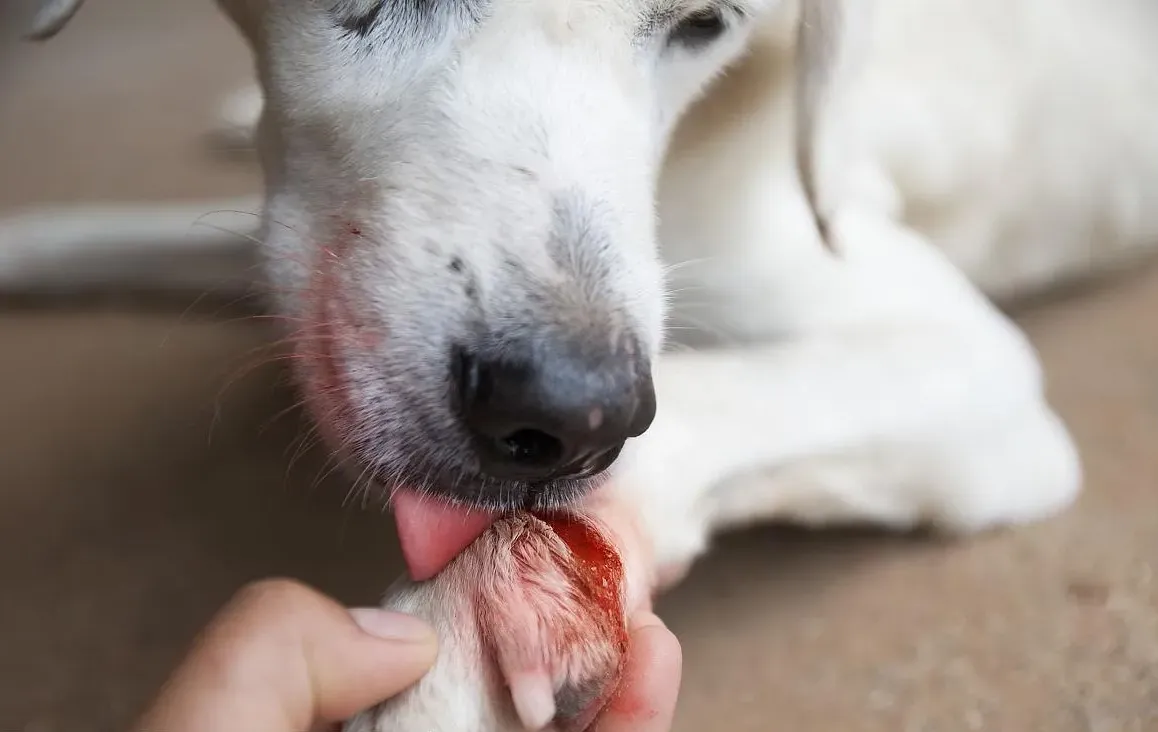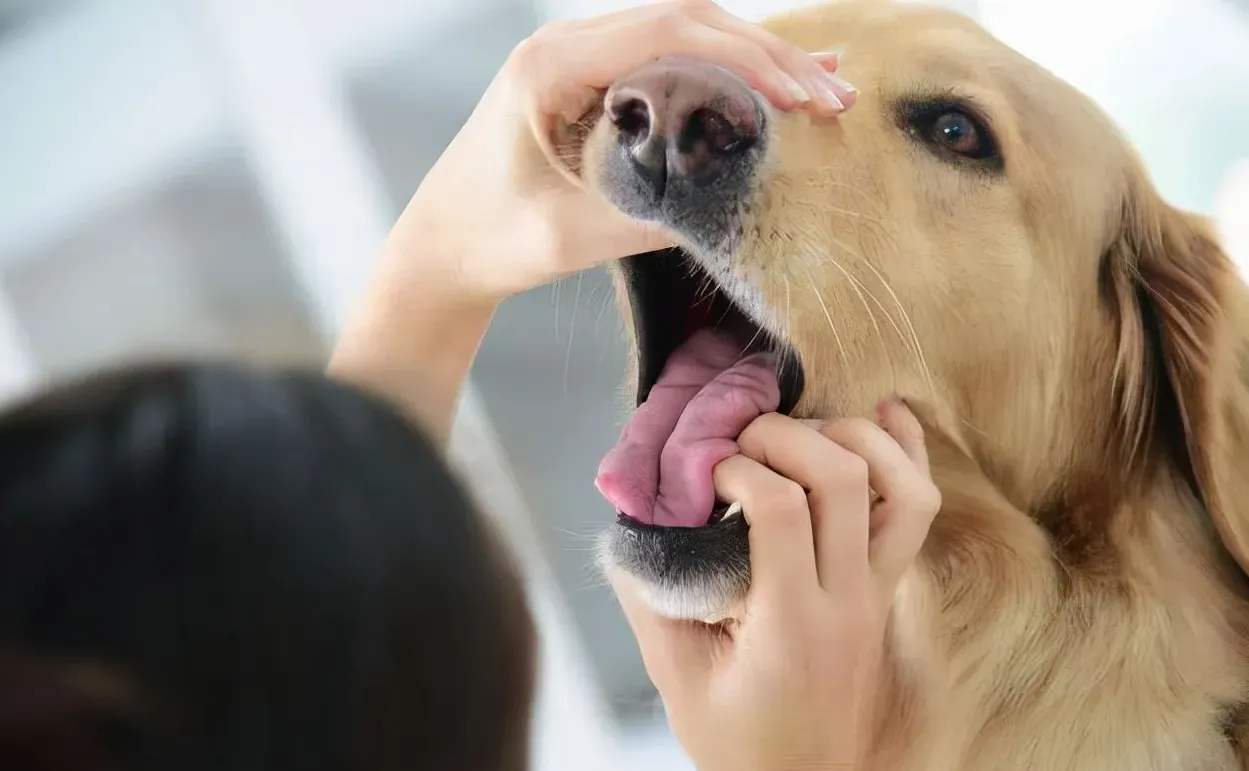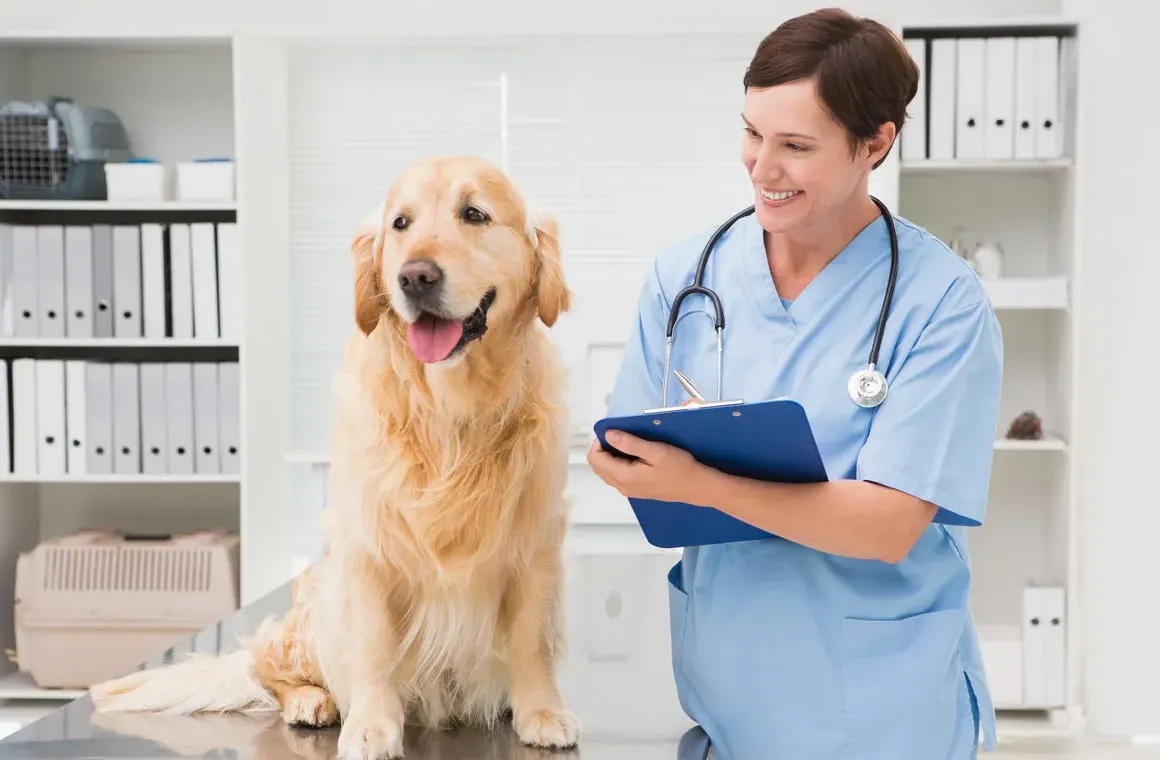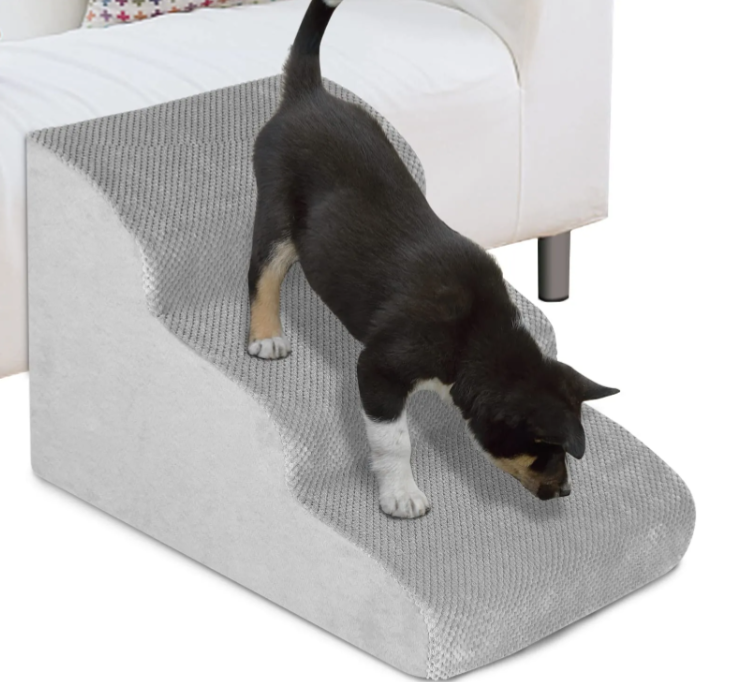Emergency First Aid for Dogs
 As dog owners, we consider our furry friends to be cherished members of our family. However, just like humans, dogs can experience accidents or medical emergencies that require immediate attention. Being prepared and equipped with knowledge of basic first aid can make a critical difference in ensuring the well-being and survival of your beloved canine companion. In this blog post, we will discuss essential emergency first aid measures for dogs and guide you through common situations that may arise.
As dog owners, we consider our furry friends to be cherished members of our family. However, just like humans, dogs can experience accidents or medical emergencies that require immediate attention. Being prepared and equipped with knowledge of basic first aid can make a critical difference in ensuring the well-being and survival of your beloved canine companion. In this blog post, we will discuss essential emergency first aid measures for dogs and guide you through common situations that may arise.
1. Assess the Situation:
The first step in providing emergency first aid to your dog is to assess the situation calmly and promptly. Identify any immediate dangers and ensure your own safety before approaching the injured or distressed dog. This step is crucial to prevent further harm to both you and your pet.

2. Maintain Your Composure:
During an emergency, it's crucial to remain calm and composed. Dogs are highly sensitive to their owners' emotions and can become more anxious or agitated if they sense your panic. Speak softly and provide reassurance to help keep your dog as calm as possible.

3. Basic First Aid Techniques:
a. Bleeding Wounds:
If your dog is bleeding, apply gentle pressure using a clean cloth or bandage to control the bleeding. Elevate the wounded area if possible and seek veterinary assistance immediately.

b. Choking:
If your dog is choking, attempt to open its mouth and check for any visible obstructions. If you can see and safely remove the object causing the choking, do so carefully. Otherwise, perform the Heimlich maneuver for dogs by applying upward pressure to the abdomen just behind the ribcage.

c. Heatstroke:
In hot weather, dogs are susceptible to heatstroke. Move your dog to a shaded area, provide cool water to drink, and wet their paws and body with cool (not cold) water. Seek veterinary help immediately, as heatstroke can be life-threatening.
d. Fractures or Limb Injuries:
If you suspect a fracture or limb injury, keep your dog as still as possible to prevent further damage. Use a makeshift splint to immobilize the affected area, such as a sturdy board or rolled-up magazine, and transport your dog to the nearest veterinary clinic.

4. Knowing When to Seek Veterinary Help:
While first aid measures are crucial, it's essential to understand when a veterinarian's expertise is necessary. Always contact your veterinarian or an emergency veterinary clinic for guidance and professional assistance during critical situations.

When a dog is injured, its movement is restricted, and heights that could have been reached with an easy jump become a problem. Dog owners can add dog steps to help them climb up safely.
(Click on the image for details)
This gentle slope is best suited for injured dogs or older pets. The soft foam protects your pet's joints and allows them to jump up and down safely.
- The foam dog staircase is made of 35D high-density foam, which has a good load-bearing capacity and will not deform even if it is used multiple times.
- This pet step is made of soft and comfortable corduroy fabric. Large 3D particles on the surface of the fabric prevent pets from slipping.
By familiarizing yourself with basic emergency first aid techniques for dogs, you can be better prepared to handle unforeseen situations. Remember to stay calm, assess the situation, and take appropriate action to minimize the risk to your furry friend. However, it is crucial to consult a veterinarian for proper diagnosis and treatment as soon as possible. Your quick response and knowledge can make all the difference in providing timely care and ensuring the well-being of your loyal canine companion.





